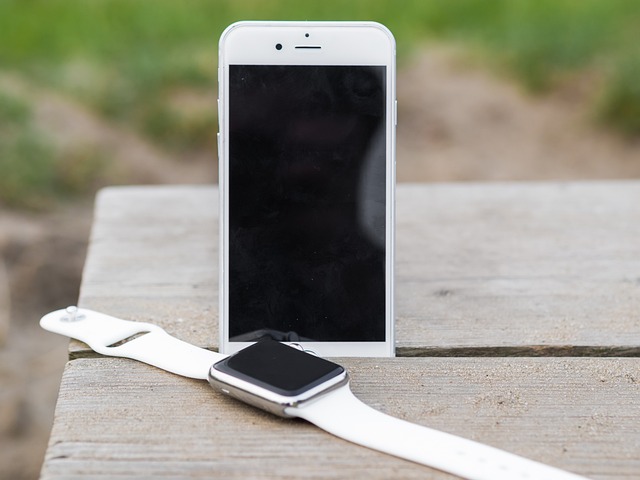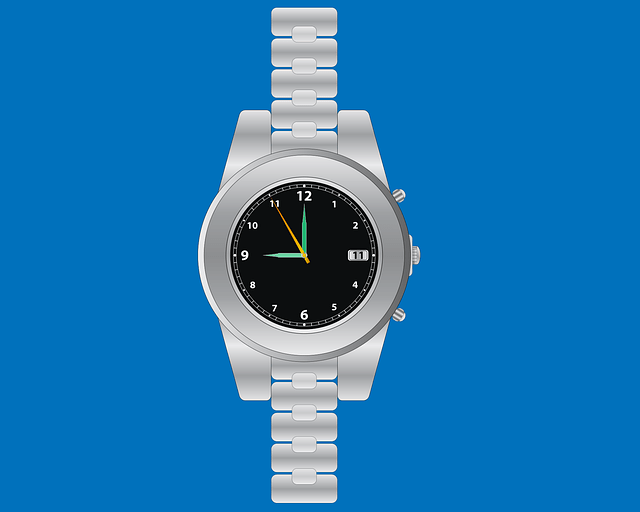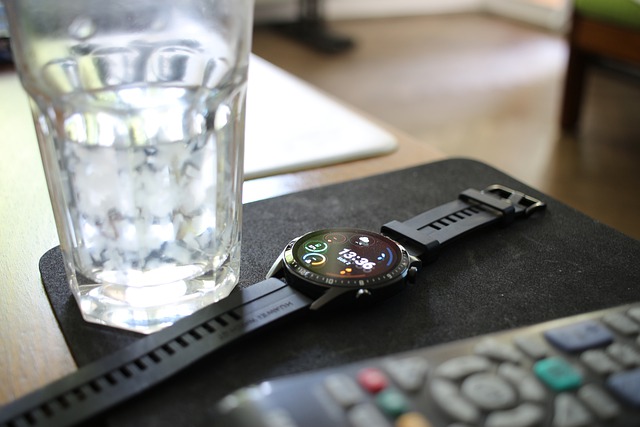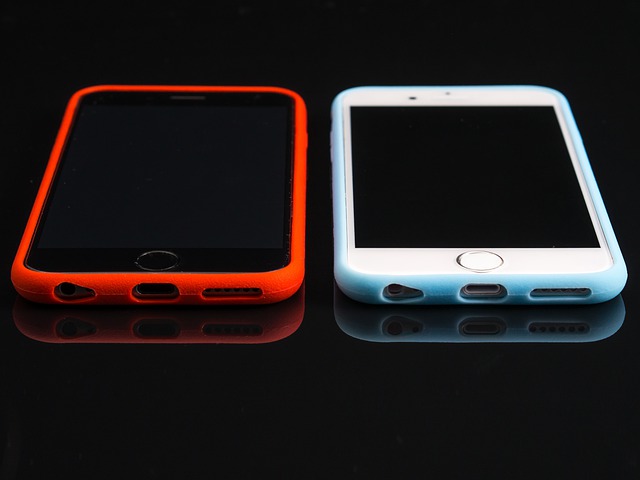AS THE PANDEMIC settled in to stay, smartwatch sales boomed. According to a report from international research firm Kantar, 15% of Americans now wear smartwatches, up from under 12% in mid 2020. But not all the watches that flew off shelves were great. Some pain points: inadequate battery life, buggy software and clunky designs that didn’t sit right on the wrist.
The increased demand catalyzed manufacturers to step up their game. Over the past 12 months, many new wearables have been released that not only overcome those problems, but add new, useful features that might make you want to upgrade. It is no longer enough for a smartwatch to have a heart-rate monitor, step counter and basic apps. The latest smartwatches are equipped to accompany you everywhere from the deep sea to deep REM sleep. Here, a guide to some of the most powerful features a discerning buyer should expect.
Multi-band GPS watches like the Garmin Forerunner 955 Solar more accurately track your location than conventional GPS watches.
1. Next-Level GPS
Smartwatches’ navigational smarts are notoriously imprecise. But it’s increasingly common for new designs to feature support for “multi-band” GPS, which means your watch is tapping more positioning systems to locate itself than the original one deployed by the U.S. military in 1978. The Garmin Forerunner 955 Solar ($600), for instance, uses this technology to support built-in topographical maps and a “TracBack” feature that lets you easily retrace your steps if you get lost, like a digital breadcrumb trail.
The Apple Watch Ultra is Cupertino’s first smartwatch that can weather extreme environments and temperatures.
2. Perks for the Rugged
While the first generation of smartwatches might have mostly appealed to dorky cubicle denizens, extreme outdoor lifestyle features have become commonplace on recent releases. The Apple Watch Ultra ($799) is Cupertino’s first smartwatch for those who spend more time trekking the great outdoors than staring at a MacBook. With a reimagined Compass app, emergency siren, red “Night Mode” display and up to 60 hours of battery life, the design is built to help wearers brave extreme environments and temperatures. With the Depth app, the watch an even track how deep you get underwater, whether you’re swimming through coral reefs or just logging laps at your local Y. The new Oceanic+ app (coming later this year) will turn Ultra into a fully capable dive computer for recreational scuba.
After sleeping with the Samsung Galaxy Watch5 Pro for a bit, your watch will use the data it has gathered to assign you a “sleep animal.” Hard-to-disturb sleepers might be deemed “Unconcerned Lions,” whereas others might be called “Nervous Penguins.”
3. Slumber Support
Tracking your sleep to ensure you’re getting quality zzzs is the new “did you hit 10,000 steps today?” Beyond telling you how long you were in bed, some new smartwatches provide granular analysis on how much time you spent in each sleep stage (light, deep or REM) and whether you snored. Samsung’s Galaxy Watch5 Pro ($450) offers the crème de la crème feature, “Sleep Coaching,” which delivers a detailed snapshot of your time in dreamland via an overhauled BioActive sensor that combines breathing-rate and heart-rate data. Using these biometrics, the watch provides a nightly score and a personalized sleep-coaching plan.
Samsung
even assigns you a “sleep animal” based on your shut-eye tendencies. And it might, for instance, help an “Exhausted Shark” morph into an “Easygoing Walrus.”
Solar charging will help you keep your Fēnix 7 47 mm Sapphire Solar watch in operation for up to four extra days.
4. Solar Battery Charging
While digital watches have incorporated solar panels since the late 20th century (shout out to the Casio G-Shock, released back in 2009), early smartwatches rarely offered the feature. That’s changed:
Garmin
released its first solar-powered GPS watch in 2019, and the tech is now available on models in several of its smartwatch lines. This year’s Fēnix 7 Sapphire Solar ($900) normally offers a substantial 18 days of battery life in smartwatch mode, with an additional 4 days when actively solar charging.
A new continuous electrodermal activity sensor helps the Fitbit Sense 2 determine when you’re experiencing a higher than normal amount of stress.
5. Advanced Health Monitoring
Health features on smartwatches are getting more robust. See: body-temperature sensors and bioelectrical impedance analysis (BIA) that measures your body composition. To assess your stress level over time, the Fitbit Sense 2’s ($300) new continuous electrodermal activity (cEDA) sensor monitors changes in your skin’s sweat levels along with more typical measurements like heart rate, heart rate variability and skin temperature. If the Sense 2 detects a “body response,” as Fitbit calls it, the watch prompts you to log your mood and take a walk or meditate to calm down. Among the watch’s other health tools: an electrocardiogram app and an additional heart-monitoring algorithm—both FDA cleared—designed to track your heart health.
Though its software is a bit buggy, the Google Pixel Watch, the tech giant’s first wrist release, impresses with slick design.
6. Intelligent Design
The Google Pixel Watch ($350) is so comfortable, it’s like wearing nothing at all. That means you can sleep in it. We repeat: Sleep in your smartwatch without being annoyed. Though the tech giant still has to polish the software, its hotly anticipated first wearable is lightweight with rounded edges that don’t snag on clothes. With a crisp, circular face, it blends analog style with a Silicon Valley aesthetic. As a bonus, the wide selection of bands makes it easy to dress the watch up or down.
The face on the Mobvoi TicWatch Pro 3 Ultra is enshrouded in Corning Gorilla Glass, making it a hearty horological piece.
7. Virtual Indestructibility
Come sleet, shocks or solar radiation, the latest smartwatches are built for the long haul. In the early days of smartwatchdom, replacing your fried fitness tracker every time you were caught in a thunderstorm seemed the norm. Now, these devices are practically run-over-with-a-tractor indestructible. A top ultra-durable pick: The Mobvoi TicWatch Pro 3 Ultra ($300) enshrouds its face with Corning Gorilla Glass to resist scratches and survive bumps and drops. It also meets U.S. Military Standard 810g levels of durability.
The Apple Watch Series 8 can sense when you’ve been in a car crash.
8. Emergency Aid Assistance
File this under “God forbid but grateful”: The Apple Watch Series 8 ($399) automatically contacts emergency responders and your emergency contacts with your location if it senses you’re in a severe car crash. The technology isn’t perfect—a test from WSJ’s Personal Tech team found the feature didn’t always get activated during simulated car crashes, and there have been some reports of iPhones with the feature calling 911 from the pockets of people on rollercoasters—but it is potentially life-saving.
The Fitbit Versa 4 features more than 40 exercise modes, allowing it to track any and all your preferred activities.
9. Comprehensive Activity Tracking
Remember when you thought it was cool that your fitness tracker logged your run? Now smartwatches go much further. The Fitbit Versa 4 ($230), with more than 40 exercise modes, can track activities as varied as indoor climbing and paddleboarding. Before starting a workout, tap the type of exercise you’re doing from the full list of options. You can set goals and, as you move, view a tally of calories burned, exercise duration and other real-time fitness stats on your wrist.
With a battery that can last longer than a week between chargers, the Fitbit Inspire 3 is one less thing you’ll have to routinely worry about juicing up.
10. Boosted Batteries
Sure, it’s nice to have a smartwatch that can accompany you to work, especially for folks who bike or run to the office. But what good is smartwatch tracking if it drains 80% of your battery before you’ve truly started your day. Thankfully, it’s now much easier to find smartwatches and fitness trackers that’ll last a lot longer. Consider the Fitbit Inspire 3 ($100), which boasts up to 10 days of battery life, about three times longer than first-generation devices from the same company.
The Garmin Lily Sport is explicitly designed for women, but would win the favor of any aesthetic minded watch wearer.
11. Unblocky Aesthetics
As further proof that fitness-geared smartwatches aren’t only for ultra-marathoners, Garmin launched Lily ($200) last January. The watch is Garmin’s smallest smartwatch, with a dainty dial size of 34 mm. The elegant watch is designed by women, but nice for anyone who wants smartwatch performance in Cartier packaging. Taking inspiration from jewelry-like timepieces, the smartwatch showcases a snazzy, subtly patterned lens without compromising on health and fitness features you’d expect like heart rate tracking and stress, sleep and energy monitoring.
The Wall Street Journal is not compensated by retailers listed in its articles as outlets for products. Listed retailers frequently are not the sole retail outlets.
Corrections & Amplifications
The app on the
Apple
Watch Ultra that tracks depth is called Depth. An earlier version of this story called it “Dive Computer.” (Corrected on October 26.)
SHARE YOUR THOUGHTS
What features are most important to you in a smartwatch? Join the conversation below.
Copyright ©2022 Dow Jones & Company, Inc. All Rights Reserved. 87990cbe856818d5eddac44c7b1cdeb8



